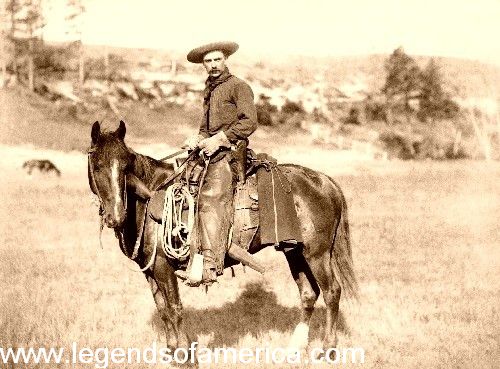 Breed:
Breed: Connemara Pony
Origin: Ireland
Features: good bone, short back, long and sloped shoulder, powerful hindquarters, hard feet, small ears, fine head on an arched neck
Description: Connemara Ponies are very athletic and are very good show ponies. They are strong, sturdy, intelligent, and have a great jumping ability.
Uses: show pony, show jumper, dressage, family horse, eventing, endurance riding
 Breed:
Breed: Welsh Pony
Origin: Wales
Features: short back, deep chest, strong hindquarters, dense bone, short cannons (part of the leg), large eyes,
Description: Welsh Ponies are very hardy and intelligent, due to the place that they lived in before being domesticated. They are friendly and trustworthy, and are easily trained. Welsh Ponies are divided into 4 groups: the Welsh Mountain Pony (Section A), the Welsh Pony (Section B), the Welsh Pony of Cob Type (Section C), and the Welsh Cob (Section D).
Uses: children pony, driving pony, show jumper, dressage pony, pleasure riding
 Breed:
Breed: Chincoteague Pony
Origin: Assateague Island (near Maryland and Virginia)
Features: strong, muscular, furry coat in winter
Description: Chincoteague Ponies are very intelligent, sweet, and gentle. Most of them are spotted with patches of brown. They are separated into two groups, Maryland group and the Virginia group. Every year, the Virginia group of ponies will be rounded up and driven across the channel (swim) to Chincoteague Island. There, the foals will be sold to people, and then the mares and the stallions will swim across the channel to Assateague Island. Once again, the horses will breed again. This event happens annually.
Uses: childrens' pony/mount, show jumping, driving, halter classes, trail riding
 Breed:
Breed: Haflinger Pony
Origin: Tyrol mountains, Austria
Features: strong, sure-footed, large eyes, broad and deep chest, short cannon bones
Description: Haflinger Ponies are always chestnut with a flaxen (yellow) or white mane and tail. These ponies are friendly, and are willing to please their owners. Haflingers are hardy, though they have a loving temperament.
Uses: pulling heavy loads, dressage, show jumping, vaulting, riding, harness
These are a few breeds of ponies. As you can tell, many ponies are used for riding and children's mounts. Ponies also look different, and originate from different places.
 English riding is divided into two broad categories: Hunt Seat and Saddle Seat. Hunt Seat refers to a forward seat riding. Saddle Seat shows the beautiful gaits performed by high stepping horses. The English style of riding uses different tack than Western, such as the saddle. The saddle do
English riding is divided into two broad categories: Hunt Seat and Saddle Seat. Hunt Seat refers to a forward seat riding. Saddle Seat shows the beautiful gaits performed by high stepping horses. The English style of riding uses different tack than Western, such as the saddle. The saddle do es not have a saddle horn, nor the deep seat. These designs allow horses to move freely. For example, horse racing uses a saddle that is very simple, but resembles an English saddle. Because of this, the saddle allows the racehorses to run freely, and at extremely high speeds. The bridle varies in style, depending on what type of riding. The English bridle is a lot more complicated. In contrast to the Western bridle, English bridles consist of the noseband, cheekpieces, browband, throatlatch, headpiece, bit, and reins. In English riding, the rider uses both hands on the reins, instead of using only one hand in Western riding. In English riding, riders wear: a shirt with a tie, a helmet, jacket, breeches or jodhpurs, and boots. It all depends on what type of riding the rider is doing. It could be horse racing, dressage, show jumping, and more.
es not have a saddle horn, nor the deep seat. These designs allow horses to move freely. For example, horse racing uses a saddle that is very simple, but resembles an English saddle. Because of this, the saddle allows the racehorses to run freely, and at extremely high speeds. The bridle varies in style, depending on what type of riding. The English bridle is a lot more complicated. In contrast to the Western bridle, English bridles consist of the noseband, cheekpieces, browband, throatlatch, headpiece, bit, and reins. In English riding, the rider uses both hands on the reins, instead of using only one hand in Western riding. In English riding, riders wear: a shirt with a tie, a helmet, jacket, breeches or jodhpurs, and boots. It all depends on what type of riding the rider is doing. It could be horse racing, dressage, show jumping, and more.













